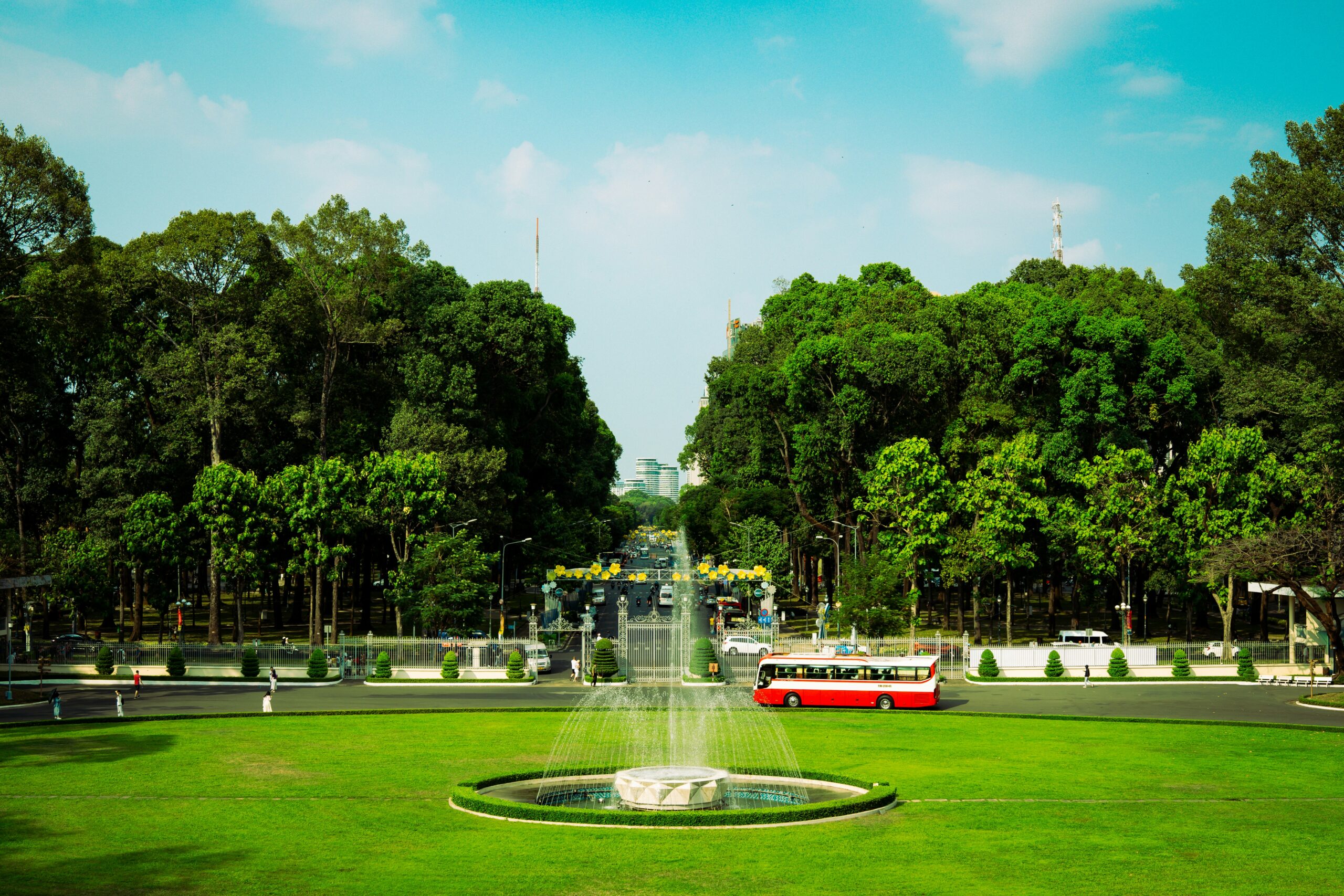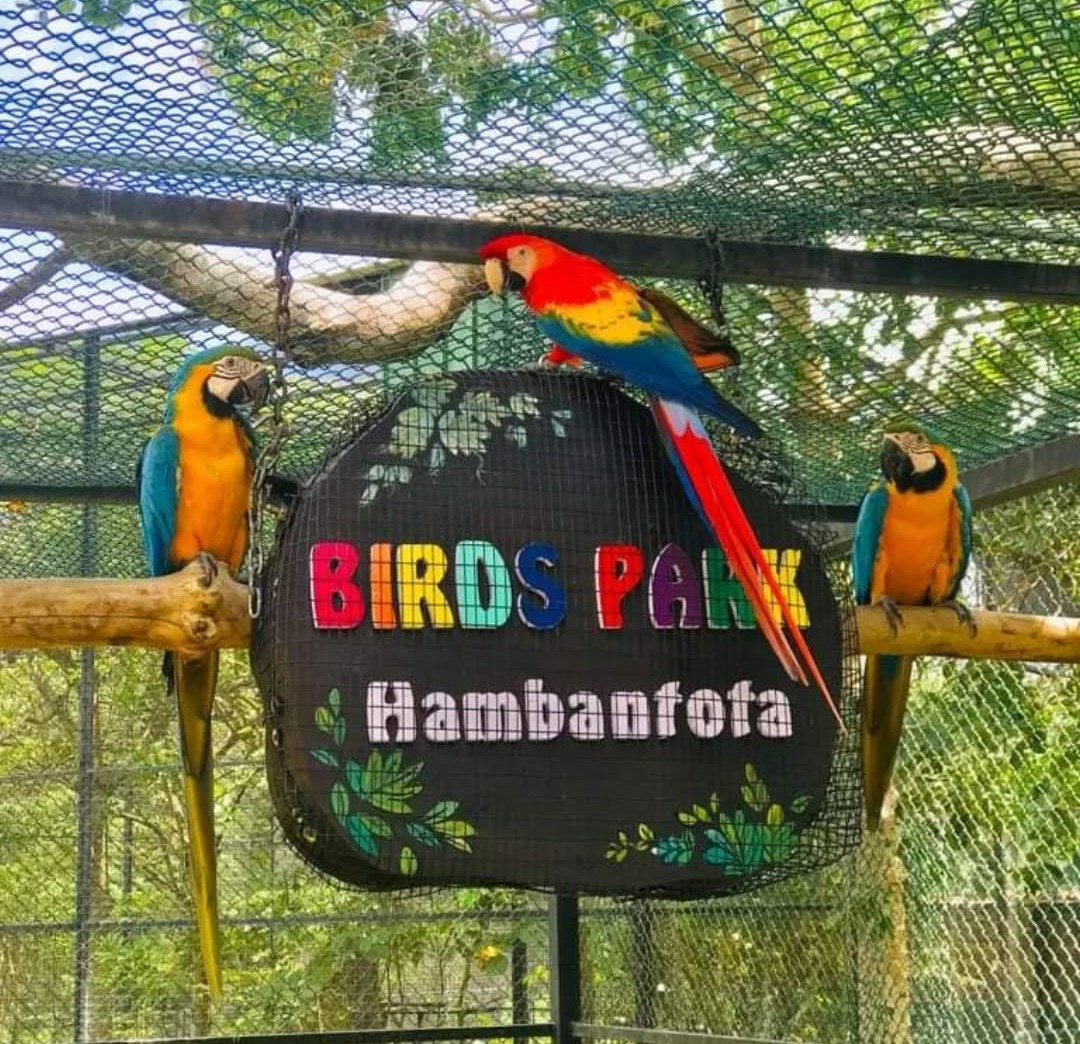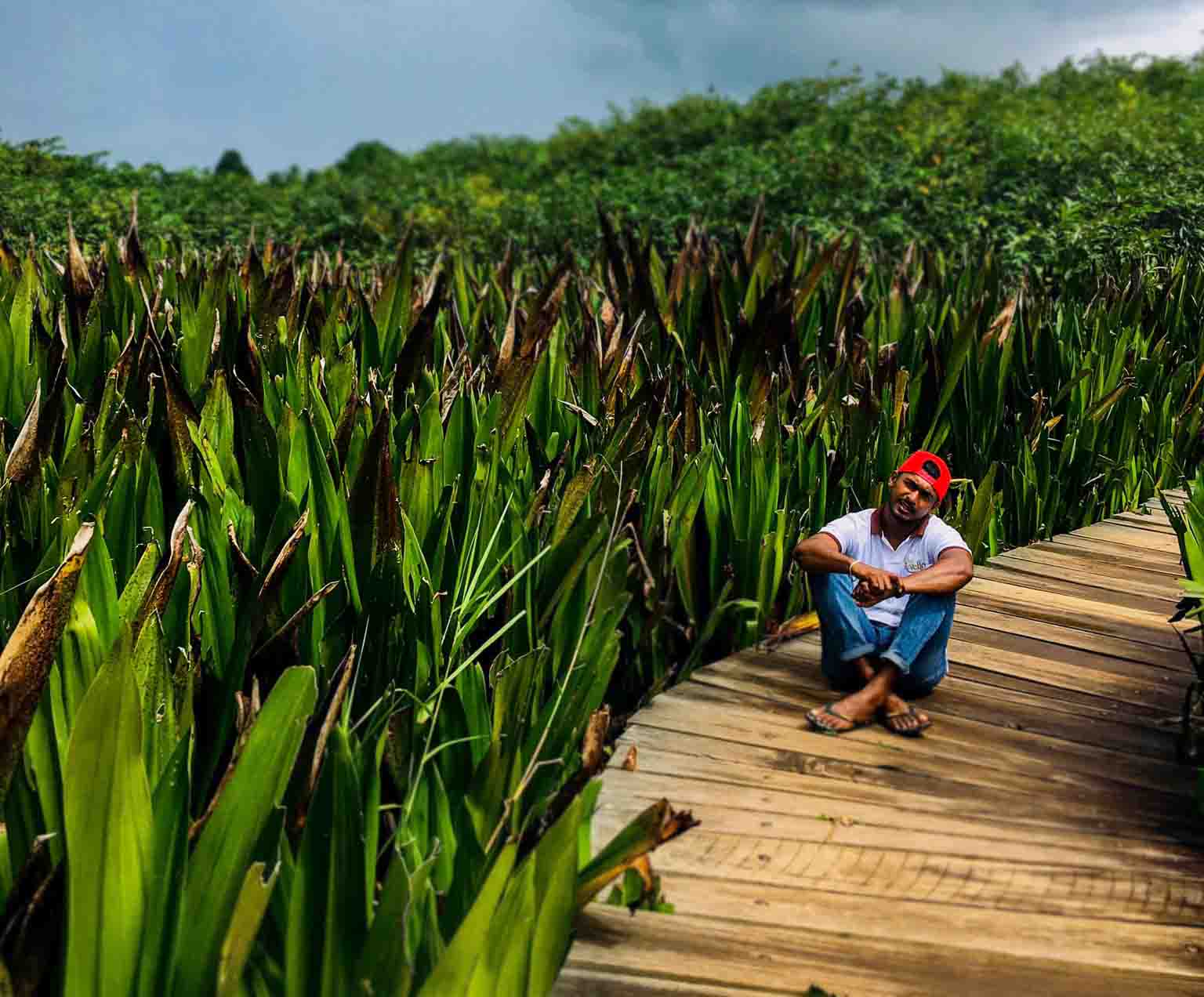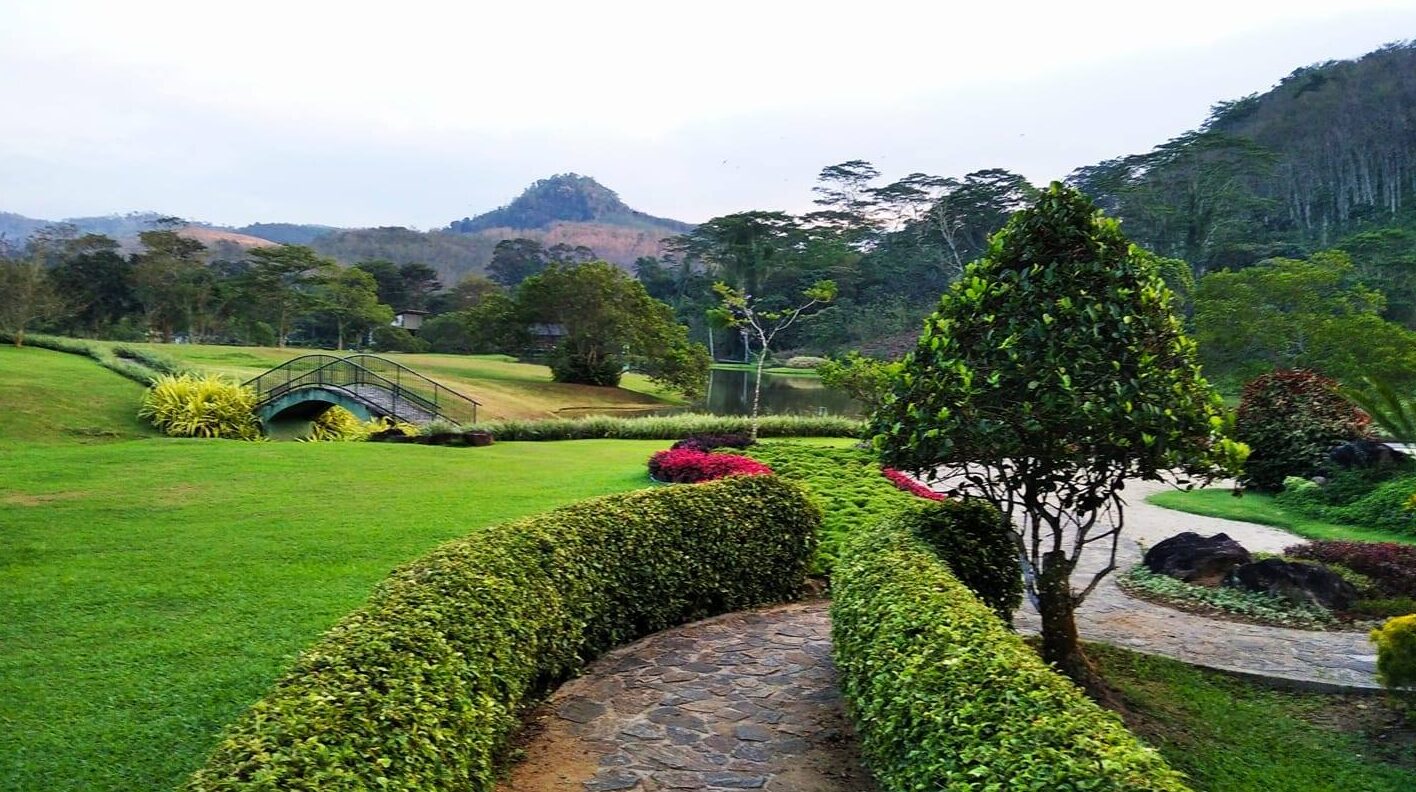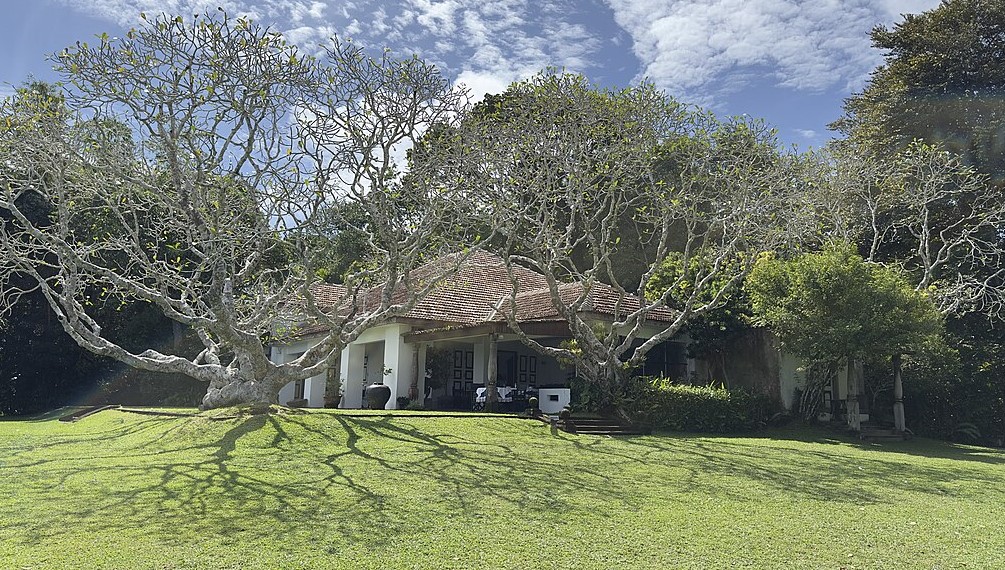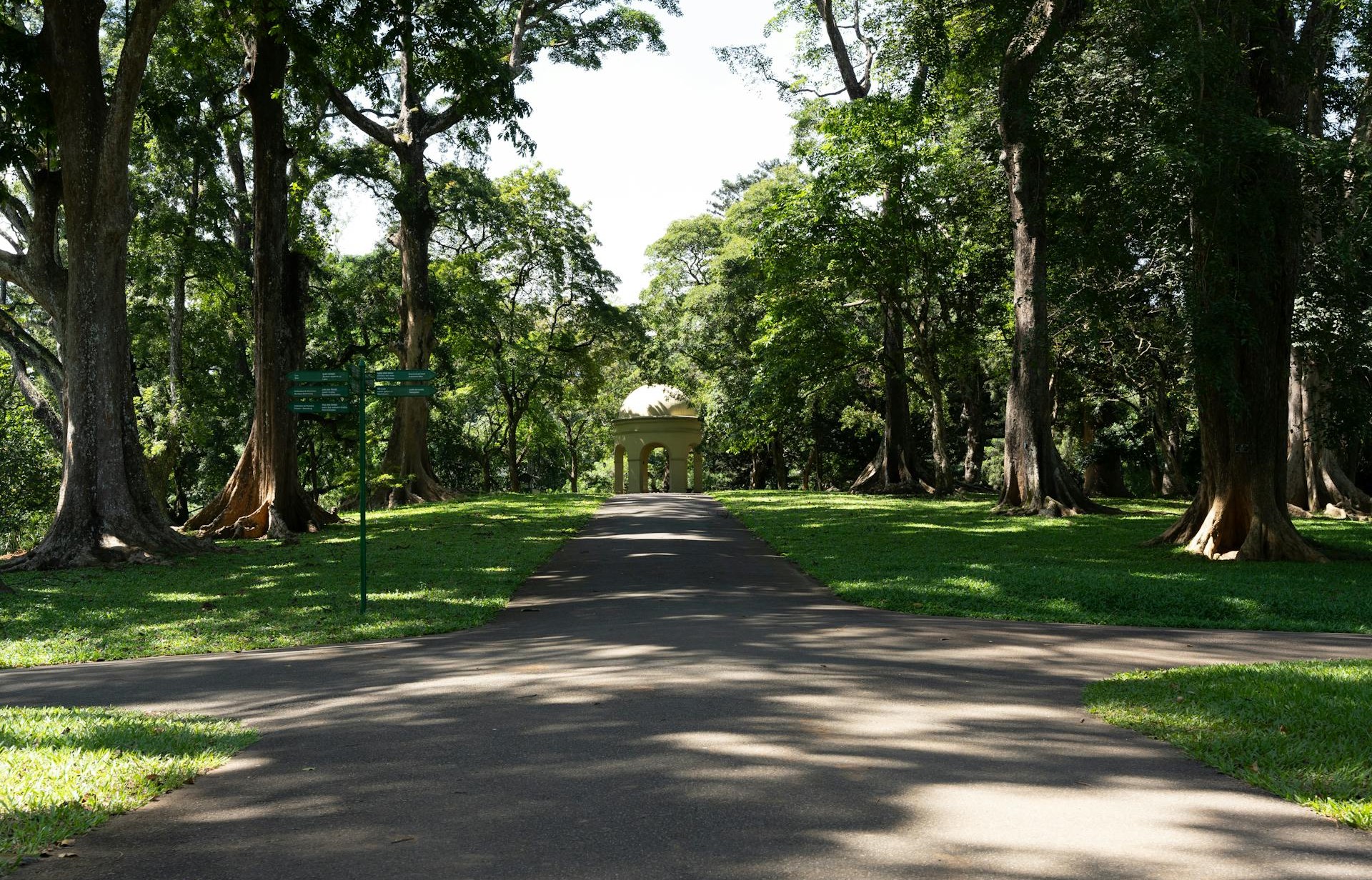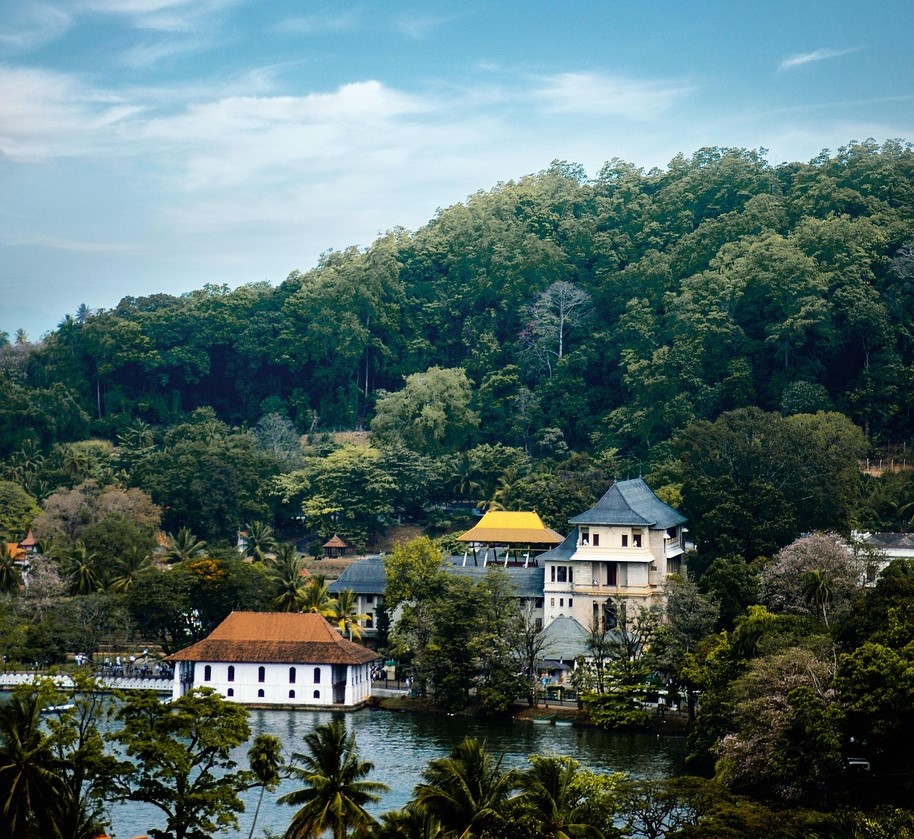Ella Spice Garden: Explore Sri Lanka’s Spices and Culinary Traditions
If you’re visiting Ella, don’t miss the chance to explore the Ella Spice Garden. This enchanting place is perfect for anyone curious about Sri Lankan spices and their role in the country’s famous cuisine. Located just a short distance from Ella town, this garden…
Viharamahadevi Park in Colombo
Nestled in the heart of Colombo, Sri Lanka, Viharamahadevi Park stands as a serene oasis amidst the bustling cityscape. As the oldest and largest park in Colombo, it offers a welcome retreat for locals and tourists alike, providing a tranquil space to unwind and…
Soaring into Paradise: Discovering the Splendors of Hambantota Bird Park
Nestled within the verdant landscapes of Hambantota, Sri Lanka, the Hambantota Bird Park stands as a sanctuary for avian enthusiasts and nature lovers. Spanning an expansive 50 acres, this avian haven is not just the largest bird park in South Asia; it’s a vibrant…
Exploring Beddagana Wetland Park: A Peaceful Getaway in Colombo
Tucked away near Colombo, Beddagana Wetland Park is like a quiet nature retreat amidst the city buzz. It’s super easy to get to, making it a great spot for everyone who wants a break from the city rush. Let’s dive into why this park…
Seethawaka Botanical Garden in Avissawella
Seethawaka Botanical Garden is one of the five botanical gardens in Sri Lanka. It is a 42-hectare (106-acre) garden that is situated near the Avissawella of the western province. The place is booming and is a favorite of most travelers who love nature and…
National Spice Garden in Matale
The National Spice Garden, or something called Matale Spice Garden, is a nice place to visit in the Matale region of Sri Lanka. It covers more than 20 hectares of land. Here you can observe the wide range of spices that are being cultivated…
Jeffery Bawa’s Lunuganga Garden: A Marvel of Architectural Brilliance
Jeffery Bawa, a renowned Sri Lankan architect, is famous for his innovative style that combines Western modernism with traditional Asian elements. One of his remarkable achievements is the Lunuganga Garden, a stunning oasis of art and nature located near Bentota, Sri Lanka. Born in…
Peradeniya Botanical Garden
Peradeniya Botanical Garden is one of the most popular attractions in Sri Lanka. Located on the outskirts of the city of Kandy, this beautiful garden is known for its diverse collection of plants and its serene ambiance. Spread across an area of 147 acres,…
Udawattakele Sanctuary in Kandy City
Udawattakele Sanctuary, or Royal Forest Park, is a wildlife sanctuary in Kandy city. You can observe this sanctuary behind the Temple of the Tooth Relic. It covers almost 104 ha (257 acres). Udawattakele was declared as a forest reserve in 1856 by the British…
Gregory Lake in Nuwara Eliya
Gregory Lake is an attractive place to visit in Nuwara Eliya. It was built by Sir William Gregory in 1873. The place is very popular among local and international travelers. There are many activities to do based on this reservoir. It covers 90.2 ha…


